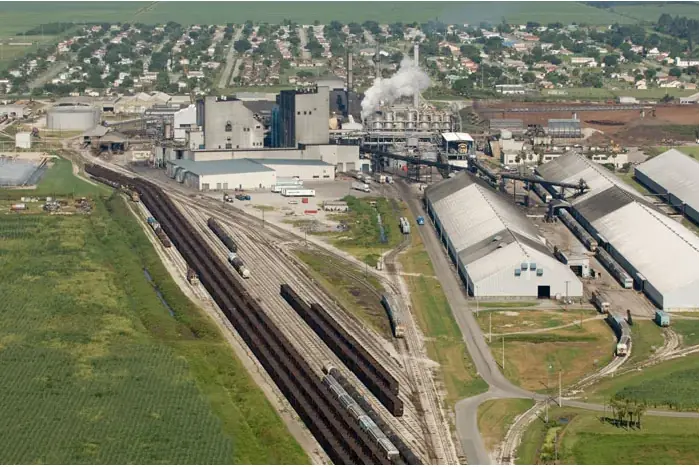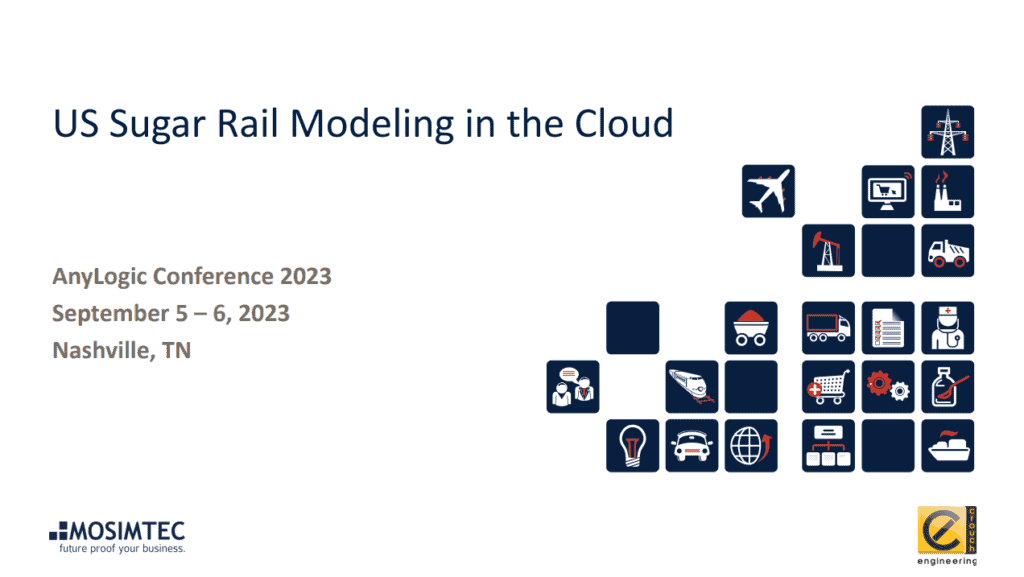This simulation model represents a mine where ore is generated from surface or underground operations and enters a series of equipment until the metal is recovered and transported. This type of model runs on user-defined inputs where output data; including statistics on throughput, inventory, utilization, and recovery; can be easily exported to the user in both graphical and numerical form.
Get Answer to Dynamic Mining Optimization Questions
Using the data generated from the model, the decision-maker can understand how their mine is expected to perform. A model of this type can answer questions such as:
- How will maintenance affect the system?
- How will the attributes of ore coming out of the mines; such as grade, carbon-content and sulfides; affect equipment utilization, throughput, and inventory?
- Can a change in equipment and storage configuration improve the system?
- Can other mathematical tools, such as optimization, be used to improve a process and increase upfront metal recovery?
Simulate Ore Processing
Ore enters the system in surface and underground operations where each slug of ore is assigned attributes, such as grade and carbon-content, based on a user-defined mine plan. Ore goes through a series of equipment before it is transported to processing operations where it enters one of many stockpiles, waiting for pyrometallurgical processing.
For each blending cycle, the ore is taken out of the stockpiles to feed processing operations. How the ore is blended across the stockpiles will affect equipment performance and metal recovery. In this demo model, the user has the ability to turn on a blending optimizer.
When the optimizer is turned on, the stockpile attributes; including weight, grade, and carbon-content; are analyzed to create the optimal blend of ore.
Multi-Scenario Testing
Integrating this optimizing algorithm into a simulation model is extremely useful because this blending technique can be easily tested in the virtual mine over varying periods of time with a variety of constraints and scenarios. Its effects on equipment performance, throughput, and metal recovery can be evaluated before the blending optimizer is implemented in a real mine.
With a simulation model, business decisions can be made based on the output data by testing different scenarios and input parameters. Simulation models are also necessary to test optimization algorithms and other tools so their effects on the system can be anticipated before they are implemented in a real mine.
At MOSIMTEC, our core focus is assisting clients to make better decisions through the application of decision support tools. Our team has extensive experience working with leading computer simulation software and solving complex issues for clients across various industries.
Contact us to learn more about our mining simulation services to optimize your mining operations.
Other Case Studies
- All
- ALConference23
- Anylogic
- AnyLogic Conference 2023
- Financial Models
- Financial Risk Modeling
- Logistics
- Manufacturing
- Monte Carlo
- Monte Carlo Simulation
- Mortgage default modeling
- Rail
- Rail Model
- Railway
- Risk Management
- Simulation
- Software
- US Sugar


